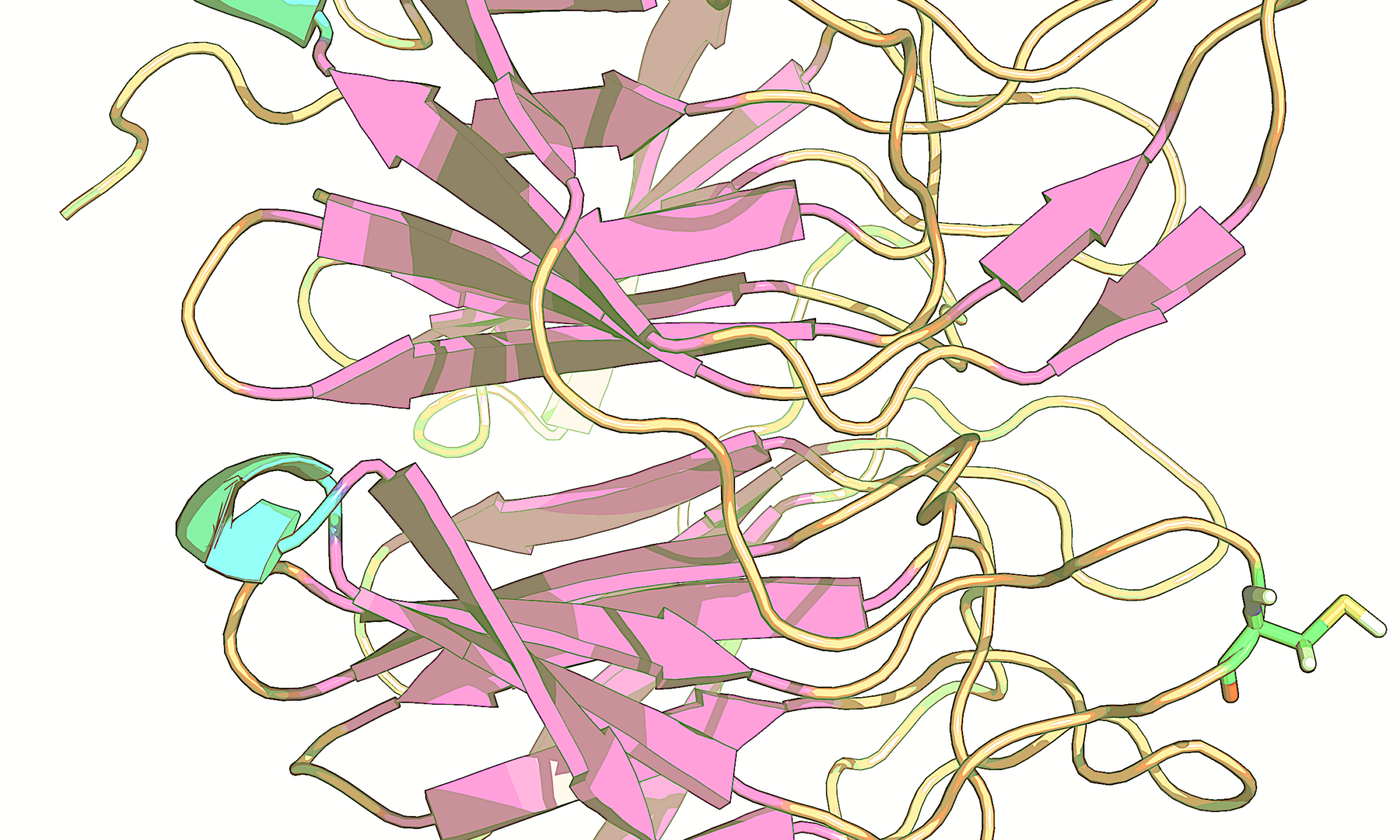The design of safer chemicals for aquatic environments focuses on minimizing both acute and chronic toxicity. By analyzing toxicity data from representative species, such as the Fathead minnow and Daphnia magna, our research demonstrates that a few critical physicochemical and electronic properties can effectively predict whether a chemical is likely to pose high or low toxicity risks to aquatic life. These properties — related to bioavailability, reactivity, and metabolic processing — are central to the toxic response mechanism. The three key parameters include:
To maximize the probability of low aquatic toxicity, chemicals should meet the following criteria: a low logD (<1.7), a wide HOMO-LUMO gap (>6 eV), and a controlled molecular volume (<620 ų). Learn more about the science behind these guidelines here.
The interactive graph below is a powerful tool for identifying aquatically safe chemicals across different functional classes. For example, if you are interested in esters, you can filter the dataset by this feature to examine available acute toxicity data specific to esters and explore their relationship to key properties that relate to bioavailability (logD) and reactivity (HOMO-LUMO gap). By toggling between acute toxicity data from Fathead minnow and Daphnia magna, you can investigate how sensitivity varies across these representative species.
If you are interested in evaluating the aquatic toxicity of a new chemical using these design guidelines, you can follow our detailed guidelines on calculating these properties or contact us to learn more about our service options. For further questions or feedback about the tool, please do not hesitate to reach out to us.
- Octanol-water distribution coefficient (logD): This measures a chemical’s ability to partition between aqueous and lipid environments at physiological pH (7.4). It is essential for understanding bioavailability and bioaccumulation potential. A lower logD reduces the risk of excessive accumulation in biological membranes, a common trigger for narcosis-related toxicity.
- HOMO-LUMO energy gap (ΔE): This gap is used to predict a chemical’s reactivity, with a larger gap indicating lower electronic reactivity and a reduced likelihood of harmful molecular interactions.
- Molecular volume: Molecular size affects a chemical’s potential for metabolic processing and elimination. Smaller molecules are more likely to undergo P450-mediated metabolism, promoting safer breakdown and clearance.
The interactive graph below is a powerful tool for identifying aquatically safe chemicals across different functional classes. For example, if you are interested in esters, you can filter the dataset by this feature to examine available acute toxicity data specific to esters and explore their relationship to key properties that relate to bioavailability (logD) and reactivity (HOMO-LUMO gap). By toggling between acute toxicity data from Fathead minnow and Daphnia magna, you can investigate how sensitivity varies across these representative species.
If you are interested in evaluating the aquatic toxicity of a new chemical using these design guidelines, you can follow our detailed guidelines on calculating these properties or contact us to learn more about our service options. For further questions or feedback about the tool, please do not hesitate to reach out to us.
